#somateria mollissima
Explore tagged Tumblr posts
Text
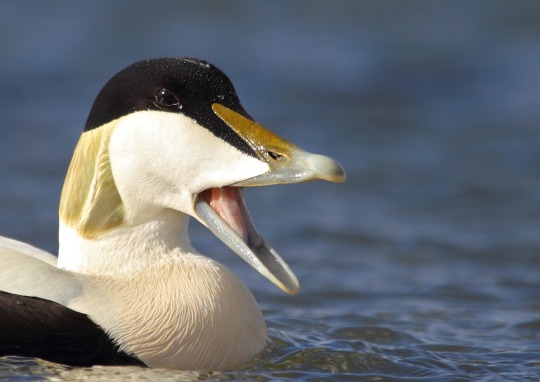
Common eider (Somateria mollissima)
277 notes
·
View notes
Photo

A common eider (Somateria mollissima) in Northumberland, UK
by Jan Willem Steffelaar
#common eider#eider#ducks#waterfowl#birds#Somateria mollissima#somateria#anatidae#anseriformes#aves#chordata#wildlife: uk
794 notes
·
View notes
Text
BOTD: Common Eider

Photo: Tobias Verfuss
"A big, lethargic, heavy-bodied duck of northern coastlines. Often seen floating offshore in flocks of up to several thousand birds. Sociable in breeding season also, and often nests in colonies. Eider down, famous for its insulating qualities, is used in large amounts in the nest lining of these ducks, helping to keep the eggs warm in frigid northern climates. In some places, such as Iceland, the down is harvested commercially at coastal 'eider farms,' where the wild birds are encouraged to nest in sheltered nooks built for them."
- Audubon Field Guide
#birds#common eider#birds of north america#north american birds#ducks#waterfowl#eiders#sea ducks#seaducks#birds of the us#birds of canada#birding#birdblr#birblr#bird watching#bird of the day#Somateria mollissima
36 notes
·
View notes
Text
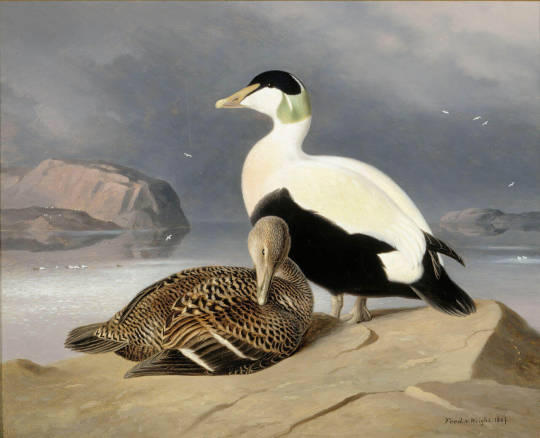
Kaksi Haahkaa (1867) | Ferdinand von Wright (1822-1906)
230 notes
·
View notes
Text

Common Eider (Somateria mollissima)
© AUDEVARD Aurélien
8 notes
·
View notes
Text
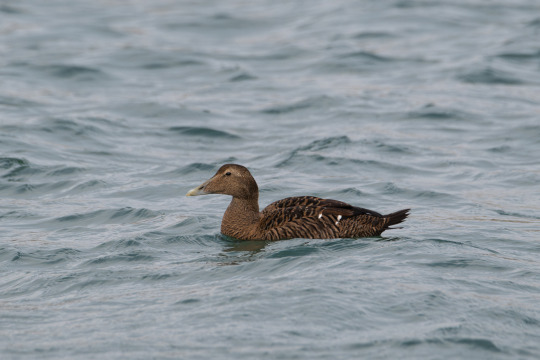


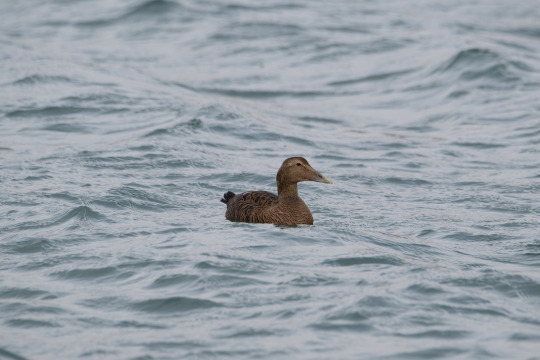
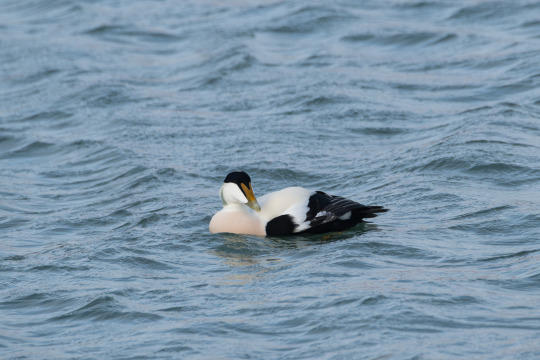
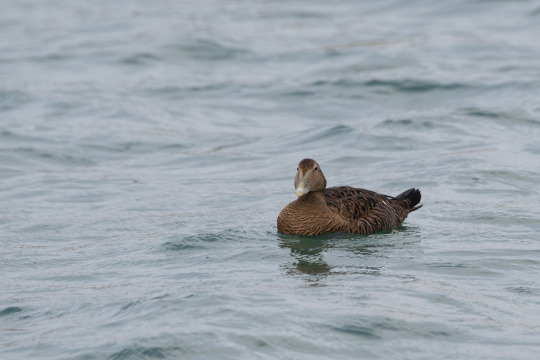


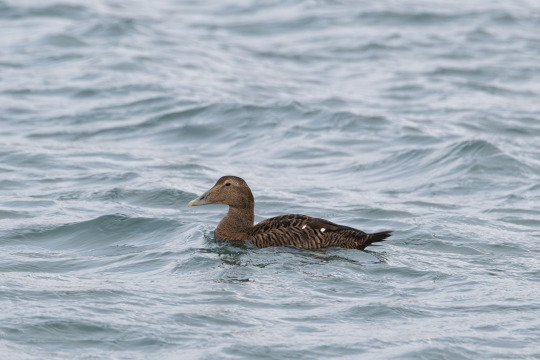
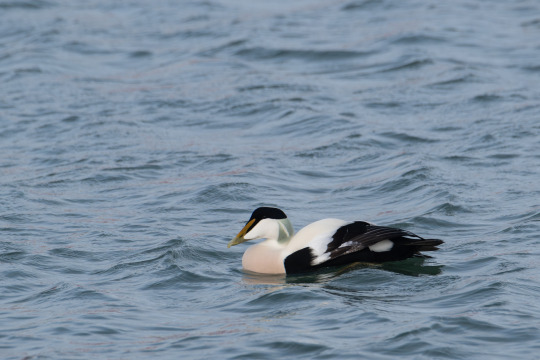
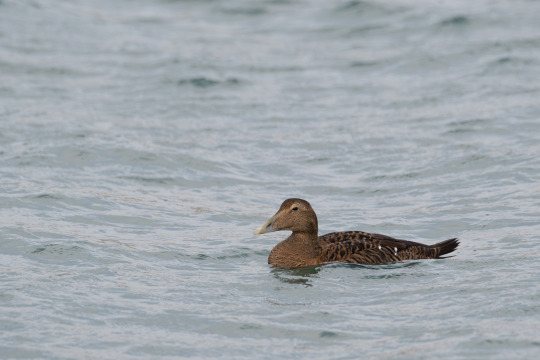
Ederfugl (Somateria mollissima)
Common Eider (Somateria mollissima)
#Ederfugl#Somateria mollissima#Somateria#Common Eider#Eider#bird#fugl#aves#vinter#winter#And#Duck#anatidae#Hanstholm Havn
13 notes
·
View notes
Text
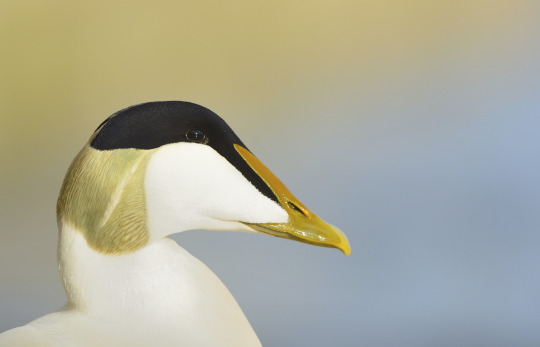
Nice cut, mate.
Species: Common eider (Somateria mollissima)
5 notes
·
View notes
Text

The common eider (pronounced /ˈaɪ.dər/) (Somateria mollissima), also called St. Cuthbert's duck or Cuddy's duck, is a large (50–71 cm (20–28 in) in body length) sea-duck that is distributed over the northern coasts of Europe, North America and eastern Siberia. It breeds in Arctic and some northern temperate regions, but winters somewhat farther south in temperate zones, when it can form large flocks on coastal waters. It can fly at speeds up to 113 km/h (70 mph)
21 notes
·
View notes
Text
Turku
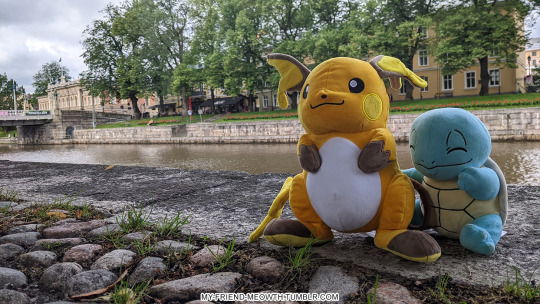

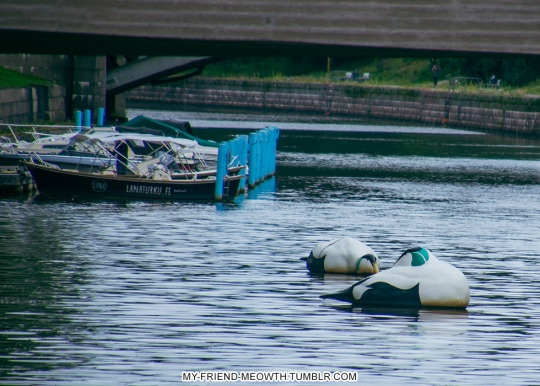
Gigantic common eiders (Somateria mollissima) in Aurajoki


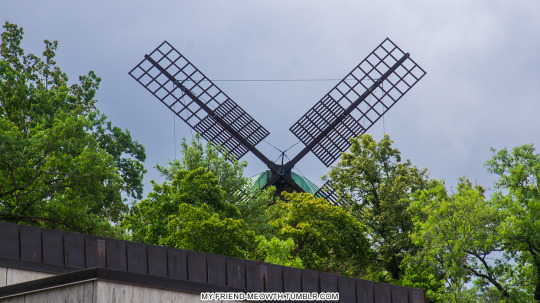

We saw many common terns (Sterna hirundo)
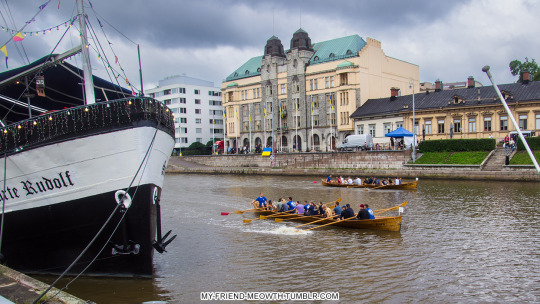
19 notes
·
View notes
Text

Common eider or Somateria mollissima
The common eider, also called St. Cuthbert's duck or Cuddy's duck, is a large sea-duck that is distributed over the northern coasts of Europe, North America and eastern Siberia.
Available now on Redbubble
#common eider#redbubble#encyclopedia#bird#duck#vintage#vintagrafica#scientific illustration#bird art#birdwatching
5 notes
·
View notes
Text
A pehelyréce.
Somateria mollissima
Mint a tengeri récék legnagyobb rajongóját nagyon megviselt lelkileg, hogy a norvégiai tartózkodásom alatt nem tudtam lefényképezni egy darab pehelyrécét sem, pedig többet is láttam belőlük. Ezért szentelek nekik egy posztot, ugyanis igen érdekes állatok. Régebben úgy gondoltam, hogy a világ egyik legrondább kacsája, de mihelyt láttam élőben, megváltozott a véleményem.
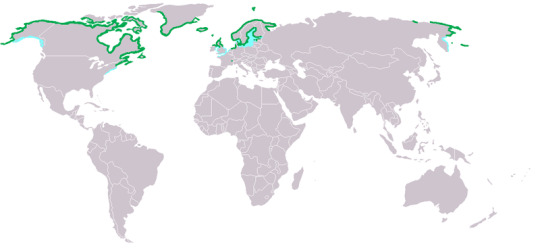
Itt él, úgyhogy attól nem kell félni, hogy összefutunk vele a balatonon. 50-71 cm, 1500-2800 gramm, szóval méretes kacsa, európa egyik legnagyobbika. Akár 113 km/órás sebességgel is tud repülni, és lebukik akár 50 méteres mélységig is, cserébe kurva esetlen a parton sétálva, de hát nem is arra lett kitalálva. Leginkább kagylókat és puhatestűeket fogyaszt, teszi ezt úgy, hogy egyben lenyeli, a gyomra pedig szétzúzza a héjat, ami aztán darabokban távozik a kacsából, hogy alul vagy felül, arról nem találtam infót, pedig nagyon érdekel. Kolóniákban élnek, és gyakran együtt nevelik a kiskacsákat.
A hangja (még nekem, egy expertnek is!) annyira kibaszott vicces, hogy nemsokára szingli leszek, mert napok óta óránként felvonyítok pehelyrécét utánozva, és tudtommal ezt nem sokáig tolerálják a férfiak.
Régebbi könyvekben elég szomorú dolgokat is találok róluk, gyakorlatilag mindenüket felhasználták valamire: "Az éjszaki tájakra nézve a leghasznosabb madarak egyike, mellynek húsát és tojásait eledelül használják, pelyhes bőréből a legmelegebb alsó öltönyöket készilik, de pelyhét, melly dunnapekely (Eider- dune) név alatt ismeretes, legtöbbre becsülik. E pelyhet kétszer, háromszor szedik el fészkéről, ugy hogy utójára a szegény jérce minden pelyhét kilépvén, majd egészen csupaszon marad. Az összeszedett pelyhet előbb megtiszlitják, aztán félézik, s ugy árulják. Evenként mintegy 6000 font dunnapehely jő kereskedésbe." (1853)
"A dunnalúdpehely barnásfehér s minőség szerint háromféle: tisztított, füves és a fogott vagy lövött madarak kopasztásából került. Legtöbb értéke van természetesen a tisztítottnak, különösen ha sohasem nedvesedett még meg; a füvest még tisztítani kell s így nyersen adva kevesebb az ára; végre a holt madarakból koppasztott pehely mindig leggyengébb értékű, mert legtöbbnyire zsiros szokott lenni. Miután azonban az anyamadarak löhetése, foghatása, pelyheik és tojásaik elszedhetése teljesen korlátlan volt, e fontos északi gazdaságiág fokozatos fejlődés helyett e század elején teljes pangásba került. A bajt maga a norvég törvényhozás is belátta, tehát 1842-ben, majd igazán üdvösen 1860 márcz. 3-án törvényileg intézkedett a dunnalúdak védelmét illetőleg." (1893)
Erről most konkrét forrást nem tudok előkeresni, de ha jól emlékszem, azt olvastam még a tengeri récékről, hogy speciális mirigyekkel szűrik meg a tengervizet - ha valaki valaha álmatlanul feküdt volna éjnek évadján az ágyában, azon elmélkedve, hogy miért nem mérgezik meg magukat a tengeri kacsák, amikor annyi sós vizet nyelnek, most választ kaptak erre is.
És most jöjjenek a képek erről a furcsa teremtésről, a kacsák sportkocsijáról, a "melyik-az-eleje-hol-a-szeme" récéről:
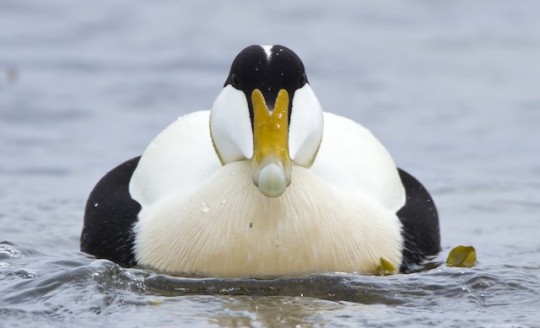

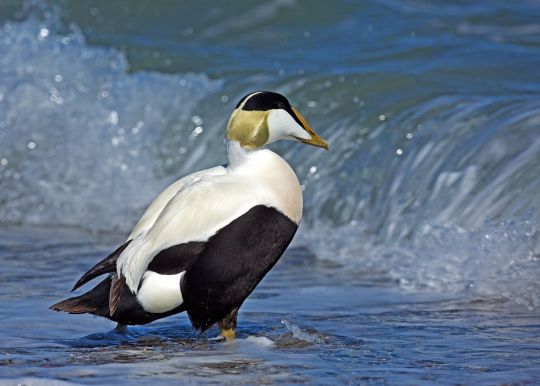


48 notes
·
View notes
Text

common eiders (somateria mollissima), males in eclipse plumage, ireland
#anseriformes#anatidae#somateria#common eider#ducks#waterfowl#birds#bird photography#birdwatching#display flight#eiderssss my beloved
5 notes
·
View notes
Video
Duck train coming through *honk honk honk* by Bjørn Heipt Via Flickr: Common eider (Somateria mollissima)
2 notes
·
View notes
Text
Karelian words - Waterbirds
Hanhut, hanhi, luikku - (wild) goose Diga, kusja, kušša, syöttöhanhi - (domestic) goose Hanho - male goose Lindu - bird Sorza - (wild) duck Kodisorza - (domestic) duck Vezilindu - waterbird
Bulbakko, heinäsorza, toukačču, zelenččä, žeĺezińä - Mallard (Anas platyrhynchos)
Broakkan, jouhelo, jouhisorza, kilkkuna - Northern pintail (Anas acuta)
Gagara, guikku, kuikka - Black-throated loon (Gavia arctica)
Harmairožasorza, härgylindu - Red-necked grebe (Podiceps grisegena)
Hely, kerkkä, šotka, telkkä - Common goldeneye (Bucephala clangula)
Hoabalo, piuručču - Eurasian wigeon (Mareca penelope)
Hoahka - Common eider (Somateria mollissima)
Jouččen, jougoińe, lebedi - Swan (Cygnus)
Kerkkäsorza - Great crested grebe (Podiceps cristatus)
Kirjavakoškela - Goosander (Mergus merganser)
Kreäkkä, kräkki, kräkyšši, tavi - Eurasian teal (Anas crecca)
Kylmäčin - Tufted duck (Aythya fuligula)
Meččähanhut - Bean goose (Anser fabalis)
Merihanhi - Greylag goose (Anser anser)
Merimečoi, ńuorkuva - Great cormorant (Phalacrocorax carbo)
Meritedri, mustasorza, romiško, vezitedri - Common scoter (Melanitta nigra)
Mustukulkusorza, sarvisorza - Horned grebe (Podiceps auritus)
Ńunnelo - Smew (Mergellus albellus)
Romiško, sebelihanhi - Brent goose (Branta bernicla)
Šoberka - Red-breasted merganser (Mergus serrator)
Vihmakaričča - Red-throated loon (Gavia stellata)
16 notes
·
View notes
Text
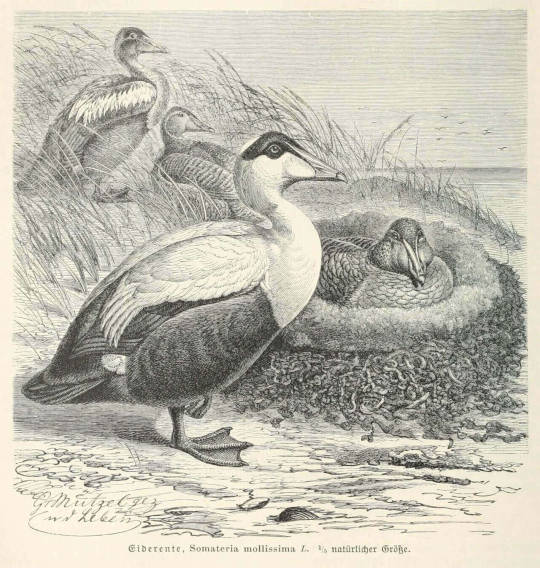
Eiderente, Somateria mollissima | Die Vogel (1913) | Alfred Edmund Brehm (1829-1884) | Biodiversity Heritage Library
#alfred edmund brehm#tierleben#tiere#biologie#ornithologie#vögel#vogelporträt#eiderente#somateria mollissima#entenvögel#anatidae#biodiversity heritage library
1 note
·
View note
Photo
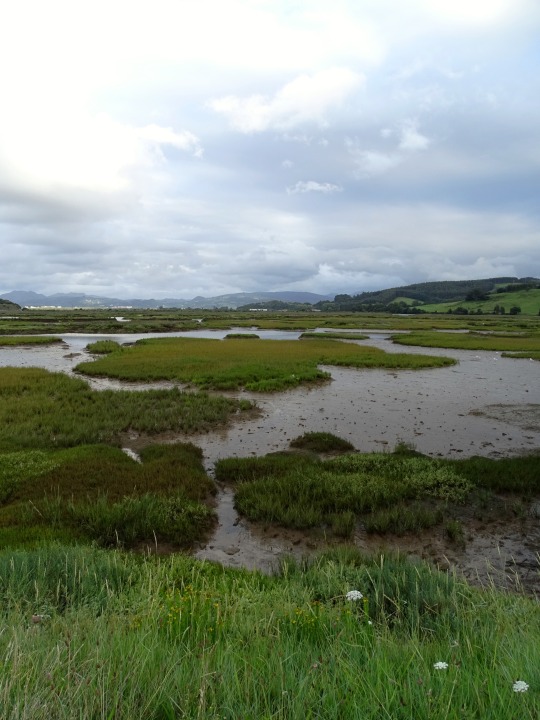



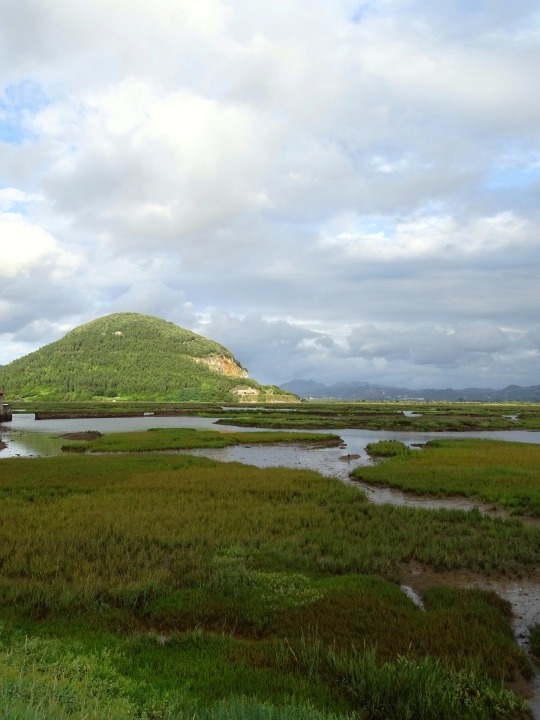
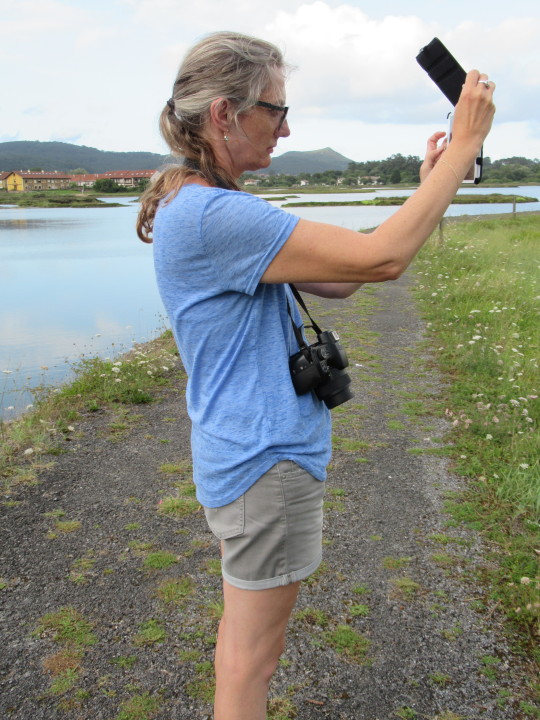

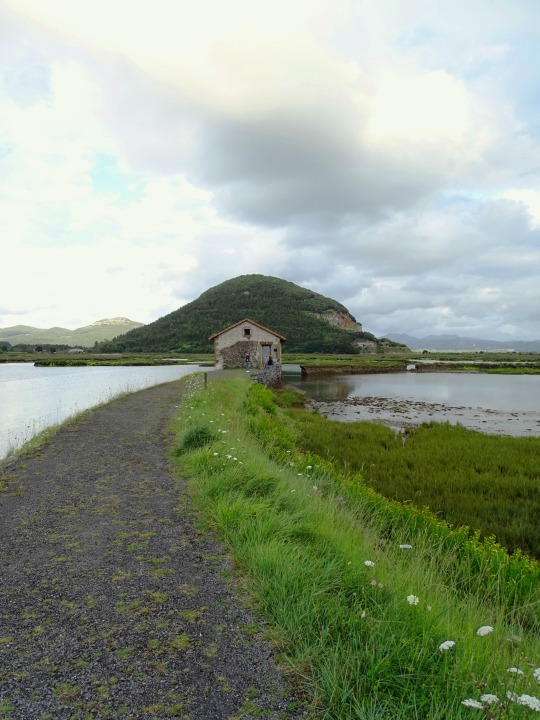
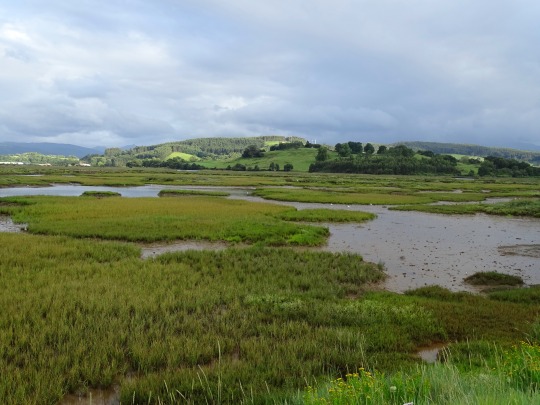

Santoña, Victoria and Joyel Marshes Natural Park, Spain (No. 4)
The most abundant mammals are those that have their habitat in holm oaks, bushes and meadows; More than thirty species have been detected, among which are the wildcat, wild boar and roe deer.
The chapter of the avifauna is undoubtedly the greatest wealth of the park: in total, you can observe more than 130 different species. It is an important point for the migration or wintering of numerous species of waterfowl, waders (common sandpiper, curlew, grey plover, bar-tailed godwit ...) and gulls. Highlights: the European whistle, curlew, curlew, little egret, common goose, Eurasian oystercatcher, fat sandpiper, common sandpiper, black-tailed godwit, common archibebe, laughing gull, black-necked grebe.
It is also an important migratory resting place for the common spoonbill (Platalea leucorodia), a bird with white plumage, which migrates from its breeding colonies in Holland, south flying over the coasts of France, to reach the Santoña Marshes, where they rest for a few days, before continuing their journey to Africa where they winter. Expanding, with some individuals wintering. Thus, SEO/Birdlife estimates that a third of the European population of the species passes through Santoña at each step.
Two other species that are very rare wintering in the Iberian Peninsula, and that in the marshes of Santoña are regular visitors, are the eider (Somateria mollissima), a large sea duck, and the snowy bunting (Plectrophenax nivalis), a stubby passerine that inhabits the mountains of northern Europe.
Birds can be observed in all seasons of the year, although the best months begin in August and September, with the arrival of herons and waders. Then the first geese and ducks begin to arrive in October and November, until at the end of December and beginning of January, the highest concentration of birds occurs in the Marsh. It is then that the marsh hosts a population of 10,000 to 20,000 birds, of 50 different species.
Source: Wikipedia
#Molino de Cerroja#Asón River#El Molino De Las Aves#Cantabria#España#Santoña Victoria and Joyel Marshes Natural Park#Black-headed Gull#black crab#wildlife#animal#bird#Northern Spain#Southern Europe#summer 2021#landscape#countryside#nature#flora#fauna#travel#vacation#Spain#evening light#Noja#Bárcena de Cicero#architecture#tourist attraction#landmark#free admission#wetlands
4 notes
·
View notes